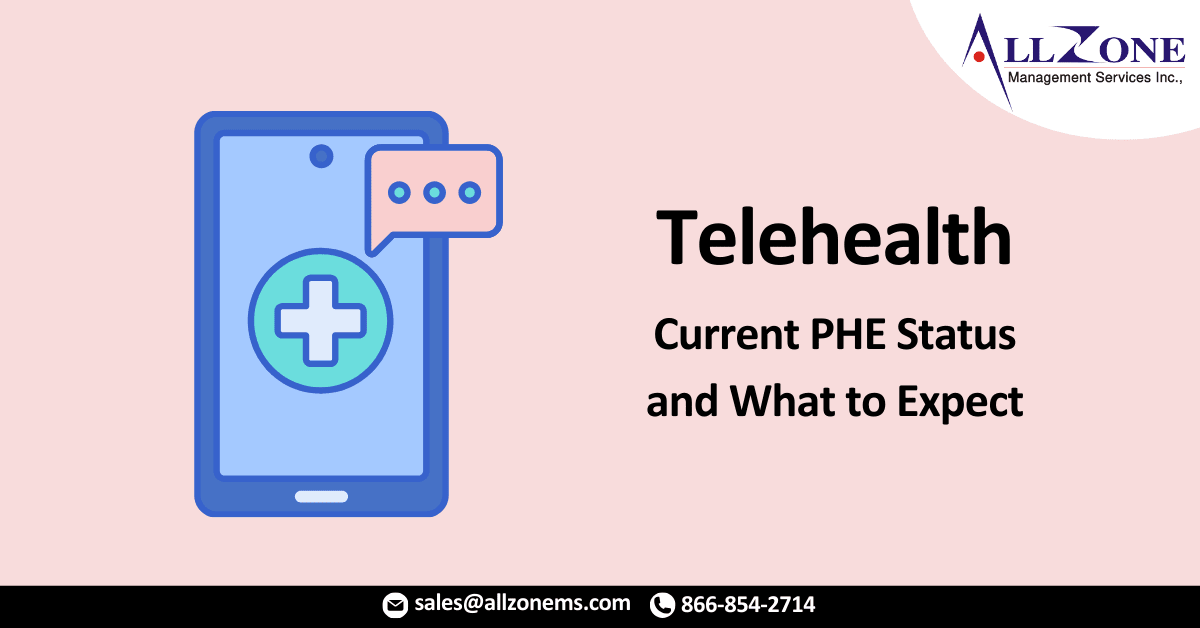Coming soon is the possible end of the PHE. Will it be extended? How does the Consolidated Appropriations Act of 2022 impact the PHE, and where does telehealth fit into all of this?
The COVID-19 public health emergency (PHE) is slated to end this week on Thursday, April 14. But the signs are pointing to another 90-day extension, and here is why:
(PHE.gov as of 4.10.2022)
On March 10, Congress passed the Consolidated Appropriations Act for the 2022 fiscal year, which includes an extension of current Medicare telehealth waivers for 151 days beyond the expiration of the PHE.
However, this extension also has Congress requiring the Medicare Payment Advisory Commission (MedPAC) and the Office of Inspector General (OIG) at the U.S. Department of Health and Human Services (HHS) to report on how well the telehealth flexibilities are working, and if more guardrails are needed for fraud and abuse – along with a look at the cost impact of telehealth to the Medicare program in the long run.
However, these reports aren’t due until June 2023. With these target dates to determine the future of telehealth as we know it following two years of the PHE, I think we can all assume that another 90-day extension is probable, because with an extension, and the CAA 151-day extension, this would extend telehealth through Dec. 15, or close to the end of 2022, which was expected.
While the 151-day (or roughly five-month) extension of telehealth coverage beyond the PHE may not provide much long-term clarity regarding telehealth policy, the de-linking of telehealth coverage from the PHE is notable and necessary. It gives providers some assurances that the Medicare telehealth policy should not immediately vanish at the end of PHE, while still keeping the pressure on Congress to pass longer-term extensions of telehealth policy (or, after due diligence, finalize sensible telehealth policies for Medicare patients as an accepted delivery of medicine when no PHE exists).
Projecting forward, the outlook is pretty clear that telehealth is here to stay, and we will not go back to strict pre-COVID policies; however, we are probably a long way away from a permanent Medicare telehealth policy, until a consensus can be formed on how it should work. Remember, currently, there is no published “standard of care” for telehealth encounters, and that needs to change.
There are a lot of opinions on how telehealth should work, and Congress will have to balance these perspectives until a consensus is formed.
In the meantime, there’s a huge issue with broadband (Internet access) infrastructure in this country. And while we often see reports about where there’s broadband available at any price, that is not the measure that needs to be looked at — we need to look at where there is affordable broadband, for anyone who needs telehealth, and that’s very, very different. Congress needs to start there, not only for funding direction, but before permanent telehealth policy can be put in place, to ensure that all patients are treated equitably.
For More Information: telehealth the current phe status and what to expect

